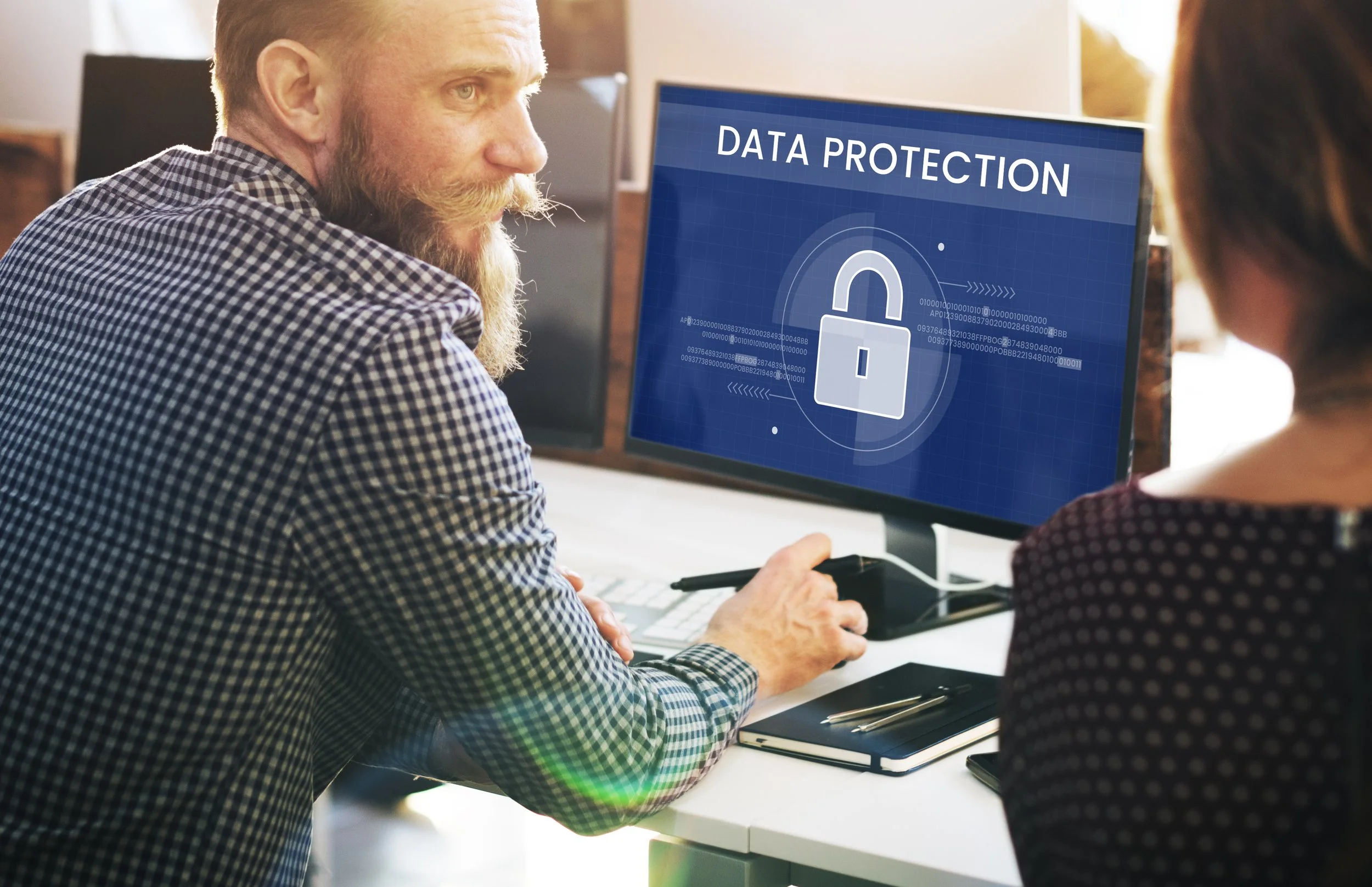Why CFOs Have a responsibility to protect data
Cybersecurity is a hot topic that underpins financial risk management and impacts all types of businesses and individuals.
Containing financial risks falls into the lap of an institution’s chief financial officer (CFO). Former studies plotted an average of a $4m loss for each data breach, including corrective actions. Volatile penalty costs can be added to this estimate.
Consider the bottomless pool of legal expenditure and individual compensation to cover things such as identity theft. Losing the trust of customers is non-refundable and must be avoided at all costs.
Handling this data and keeping it safe is a CFO’s primary objective. It is vital to plan for potential breaches and have measures in place to manage them if and when they occur.
Protection of personal privacy is key
Over the past few years, data privacy has seen countless breaches, especially concerning personal identifiable information (PII). This resulted in the loss of millions of records while posing tangible threats to individuals and organisations.
Individuals experience identity theft, embarrassment, and even blackmail. Companies lose public trust and face legal liabilities. A CFO can:
Create policies that securely collect and retain data, and implement specifics on handling personally identifiable data.
Put security controls in place to safeguard data privacy and other digital assets. This includes regular reviews and changes to stay ahead of cybercrime. Having a solution that blurs personal data, such as faces and licence plates, can help greatly.
Stay informed about official initiatives and data migration policies. Involve employees, including Data Protection Officers, in this exercise, and gain traction with the ‘two heads are better than one’ viewpoint.
Protect backups with the latest in technology and artificial intelligence (AI) drives. Implement data redaction where prudent to safeguard customers and employees.
These steps are crucial to protect company or financial institution data and take care of the safety and security of individuals such as clients and workers.
Using data protection measures within legal parameters
Any chief executive officer has a responsibility to protect data privacy and keep these measures within legal boundaries. This includes tracking breaches and data redaction in high-risk environments, such as airports.
It is evident that protecting data and cyber security has far-reaching consequences. It is not just about compliance but also extends to the reputation – the actual moneymaker – of companies. Secure Redact is an easy-to-use, cost-effective solution that automatically blurs faces and other identifiable and recognisable information, such as licence plate numbers.
Customers go where they feel safe and where their privacy is valued. Forward-thinking and risk minimising are the ways to drive innovation and ultimately protect a business.

